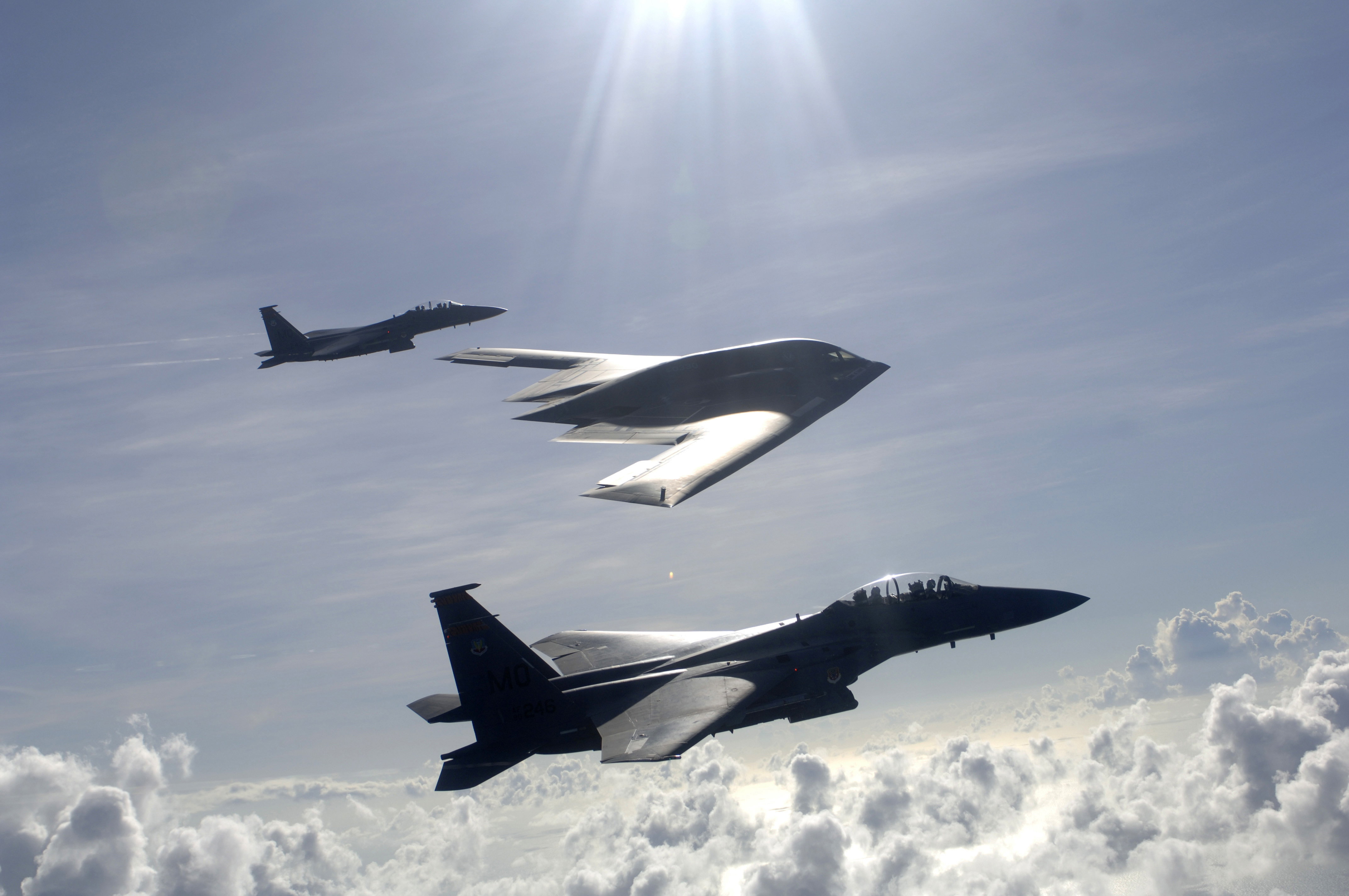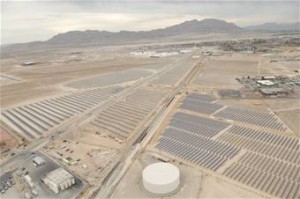
US Air Force Outlines Future Energy Strategy in New Report
 The U.S. Air Force recently published a report outlining its strategic vision for science and technology over the near-, mid- and long-term. The Global Horizons Report details future threats facing the Air Force, forecasts science and technology innovations, identifies the most promising areas for dramatic change in Air Force functions, and prioritizes the most strategic problems and best practices for overcoming them. The study also examined opportunities and threats in industrial sectors such as energy and transportation in which the Air Force could address in the future.
The U.S. Air Force recently published a report outlining its strategic vision for science and technology over the near-, mid- and long-term. The Global Horizons Report details future threats facing the Air Force, forecasts science and technology innovations, identifies the most promising areas for dramatic change in Air Force functions, and prioritizes the most strategic problems and best practices for overcoming them. The study also examined opportunities and threats in industrial sectors such as energy and transportation in which the Air Force could address in the future.
Access to sufficient energy is essential to assuring the Air Force’s air, space, and cyberspace missions and the Report highlights some of potential challenges in the future, such as global oil prices rising from around $100 per barrel today to between $130 and $200 a barrel by 2030. Furthermore, USAF believes the recent American shale gas boom may moderate the trend, but not reverse it.
The Air Force’s reliance on traditional energy sources, including fossil fuels, represents a strategic risk. The acquisition and the development of these sources presents security challenges, complicating the military’s mission to fight and win America’s wars. Oil price volatility saps the military’s resources and makes long-term planning difficult.
The Global Horizons Report reinforces this point, stating that the Air Force reprogrammed $500 million dollars in 2012 from key weapon systems programs to pay higher costs. Furthermore, increases in energy costs slow or degrade projects vital for the Air Force’s mission.
The report issued several recommendations on how the Air Force can improve energy security and reduce risk. For example, USAF should continue the development of Adaptive Versatile Engine Technology (ADVENT), which reduces fuel burn, and the Highly Efficient Embedded Turbine Engine (HEETE), which increases the engine pressure ratios and fuel efficiency.
USAF can also improve energy efficiency through aerodynamic improvements, such as laminar flow optimization, blended wing technology, and lifting body construction. These adaptations will lead to a 15-25% improvement in efficiency.
One vulnerability the report addressed is the potential for disruptions in the electrical grid and aviation fuel supplies. To cope with this, the Air Force needs to examine utility infrastructure susceptibility and develop advanced power management and distribution projects, like microgrids.
cope with this, the Air Force needs to examine utility infrastructure susceptibility and develop advanced power management and distribution projects, like microgrids.
One area lacking much focus in this report is the Air Force’s plan to further develop alternative fuels. The Air Force plans to continue to certify all aircraft on a 50/50 biofuel blend, as well as to meet up to 50% of its domestic aviation fuel requirements from alternative fuels by 2016.
In order to fully integrate biofuels into mission operations, costs must come down. Last year, the Air Force spent $59 a gallon on biofuels to test new jet fuel, whereas petroleum cost $3.60 a gallon. The Air Force has stated though that it intends to source cost-competitive fuel, and new developments in producing biofuels will reduce its cost in the future.
The Global Horizons Report outlines a promising way forward for the United States Air Force to adapt to both projected and unforeseen threats in the future. By tackling the problem of fossil fuel dependency and energy security, the Air Force will help develop new technologies that will benefit national security over the long-term.






